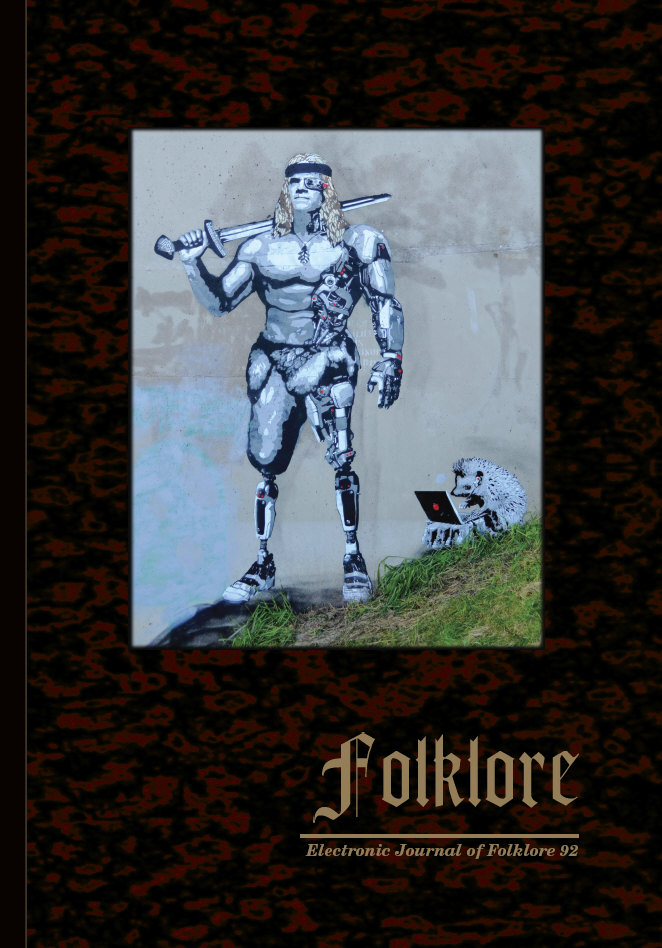The Structures of Dialect as the Founding Element of Social Identity: The Case of Bursa City
The Structures of Dialect as the Founding Element of Social Identity: The Case of Bursa City
Author(s): Sibel AKGÜNSubject(s): Customs / Folklore, Cultural Anthropology / Ethnology, Culture and social structure , Identity of Collectives
Published by: Eesti Kirjandusmuuseum
Keywords: social identity; group; Bursa; mountain villages; dialect;
Summary/Abstract: Identity is a concept that consists of many concrete and abstract elements, both individually and socially. Individuals form groups emotionally and consciously within the framework of this concept and build different social identities. Social identity brings individuals together within their groups around similarities and differences, completing it as an integral part of their own self. Social identity constructs individuals and groups in societies by representing them with many character traits and self-creation motivation. Language is one of the most important characteristics in self-motivation and representation in the social identities of individuals and groups. Spoken language and its varieties (dialects) shape the identity of the individual throughout their life from birth and help them to reveal their subjectivity within the framework of a separate social group identity. Spoken language and its varieties (accent/idiom/dialect) shape the identity of the individual throughout their life and help them to reveal their subjectivity within the framework of social group identity. The subject of this study is the status of the dialect element as one of these preserved features constituting and developing the social identity of the individual in the city of Bursa. Data were collected through field research, using the qualitative analysis method. As the structure of dialects is most intensively observed in villages, the sample consisted of people selected only from the villages of Bursa city, mountain villages in particular. The people chosen in terms of representation ability were individuals with different characteristics pertaining to education, age, and occupational groups. The linguistic features and structure of the dialect used in Bursa are not examined in the study. The aim of the study is to reveal, with the qualitative field study conducted with the source persons, that the social identity approach is one of the representations that builds the individual and society.
Journal: Folklore: Electronic Journal of Folklore
- Issue Year: 2024
- Issue No: 92
- Page Range: 203-222
- Page Count: 20
- Language: English

